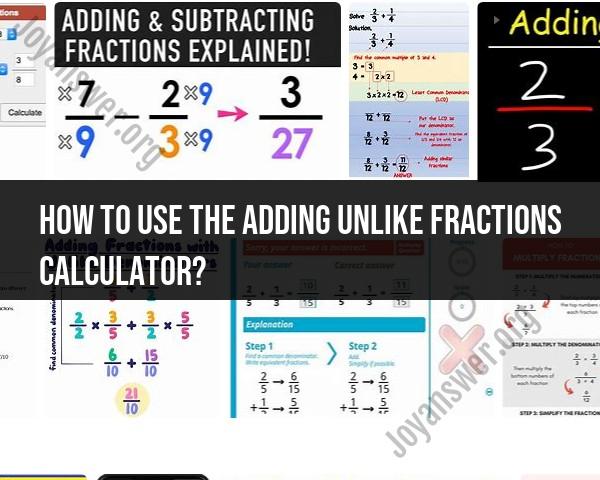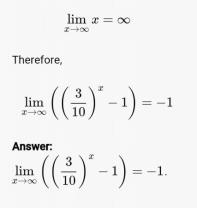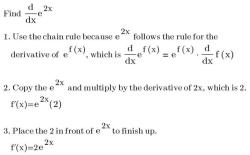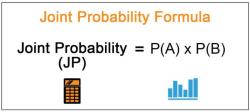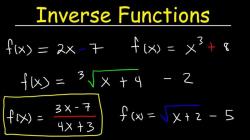How to use the adding unlike fractions calculator?
Using an adding unlike fractions calculator is straightforward and can help you find the sum of fractions with different denominators. Here's how you can use such a calculator:
Open the Calculator: Access the adding unlike fractions calculator on your device or through a web browser. There are many online calculators available for free.
Enter the First Fraction:
- You'll typically see separate boxes or fields for the numerator (top number) and denominator (bottom number) of the first fraction. Enter the values in these fields.
- For example, if you want to add 1/3 to another fraction, you would enter 1 as the numerator and 3 as the denominator.
Choose the Operation: Most online calculators have options for addition, subtraction, multiplication, and division. Select the addition operation.
Enter the Second Fraction:
- Similar to the first fraction, enter the numerator and denominator of the second fraction in the corresponding fields.
- For example, if you want to add 1/4 to the first fraction, enter 1 as the numerator and 4 as the denominator.
Calculate the Sum:
- Click the "Calculate" or "Add" button to find the sum of the two fractions.
- The calculator will perform the addition and display the result in its simplest form.
Simplify (if necessary):
- The calculator should provide the result in its simplest form, but you can simplify it further if needed. You can manually simplify fractions by dividing both the numerator and denominator by their greatest common factor (GCF).
Review the Result:
- Check the result to ensure it is accurate and correctly calculated.
Online calculators make it easy to add fractions with unlike denominators, saving you time and helping you avoid manual calculations. However, it's also beneficial to understand the process of adding fractions manually, especially for educational purposes or when you don't have access to a calculator.
Using an adding unlike fractions calculator for mathematical convenience
Adding unlike fractions can be a tedious and time-consuming task, especially when the fractions have large denominators. An adding unlike fractions calculator can be a valuable tool in these situations, as it can quickly and accurately perform the calculations for you.
The benefits of automated tools in adding fractions with different denominators
There are several benefits to using an automated tool to add fractions with different denominators, including:
- Speed and accuracy: Automated tools can perform the calculations much faster than a human can, and they are also less likely to make mistakes.
- Convenience: Automated tools are easy to use, and they can be used from anywhere with an internet connection.
- Flexibility: Automated tools can be used to add fractions with any denominator, regardless of how complex they are.
Step-by-step instructions for entering and solving unlike fraction addition
To use an adding unlike fractions calculator, simply follow these steps:
- Enter the fractions that you want to add into the calculator's input fields.
- Select the operation that you want to perform (addition, subtraction, multiplication, or division).
- Click the "Calculate" button.
- The calculator will display the result of the operation.
Checking and understanding the calculated results for added fractions
Once you have used the calculator to add the fractions, it is important to check the results to make sure that they are correct. You can do this by manually adding the fractions yourself.
If you are not sure how to add fractions manually, you can find many tutorials and resources online.
Alternatives to calculators for adding dissimilar fractions manually
If you do not have access to a calculator, you can still add fractions with different denominators manually. However, this can be a more difficult and time-consuming process.
To add fractions with different denominators manually, you will need to find the least common multiple (LCM) of the denominators. The LCM is the smallest number that is a multiple of both denominators.
Once you have found the LCM, you can convert each fraction to an equivalent fraction with the LCM as the denominator. Then, you can simply add the numerators and keep the denominator the same.
